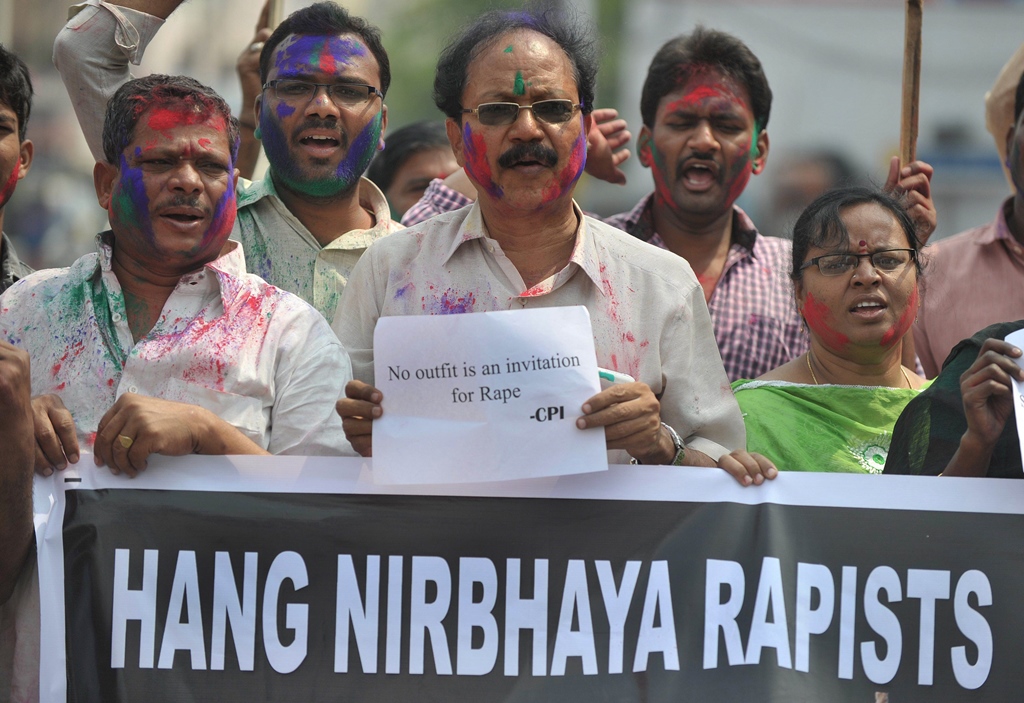
The suspect, who stood accused of raping a woman multiple times and was arrested in late February, was dragged out of the prison in Dimapur city in Nagaland state before being beaten to death and strung up to a clock tower on Thursday.
Read: Indian govt threatens BBC over broadcast of Delhi rape film
"A 25-year-old youth suspected to be part of the mob was injured in police firing, who later succumbed to his injuries at the hospital," Meren Jamir, superintendent of police in Dimapur, told AFP.
He said police were "trying to bring the situation under control".
Tensions had been rising in the district since February 24 when police arrested the alleged rapist over the assault of a 19-year-old tribal woman.
Nagaland Chief Minister T R Zeliang said the suspect was a Bangladeshi immigrant, and Jamir said his killing had been followed by attacks on Bangladeshi-owned businesses.
Read: Angry mob storms jail to lynch rape accused to death in India
Nagaland's indigenous tribal groups have for years accused the growing population of Bengali-speaking Muslims from nearby Bangladesh of illegally settling on their land and eating into their resources.
Jamir said the situation was "very tense", but they were trying to "restore order", with hundreds of riot police personnel patrolling the streets.
Read: Seminary teacher sentenced to prison for raping college girl in Mansehra
An inquiry was also under way over the prisoner's killing, Zeliang told AFP by telephone.
"The curfew will continue until the situation improves. We will do whatever possible to stop any escalation," he said.
The violence comes as India is in the midst of a raging controversy over a government order to ban the broadcast of a documentary about the December 2012 gang-rape of a young student.
The incident, which sparked outrage both within India and around the world, highlighted the frightening level of violence against women in the world's second most populous country.




1736599343-0/fizza-(8)1736599343-0-165x106.webp)



1736605969-0/Copy-of-Untitled-(7)1736605969-0-270x192.webp)


1736508423-0/Express-Tribune---News-Desk-(9)1736508423-0-270x192.webp)

1736495887-0/sidra--(63)1736495887-0-270x192.webp)









COMMENTS (3)
Comments are moderated and generally will be posted if they are on-topic and not abusive.
For more information, please see our Comments FAQ